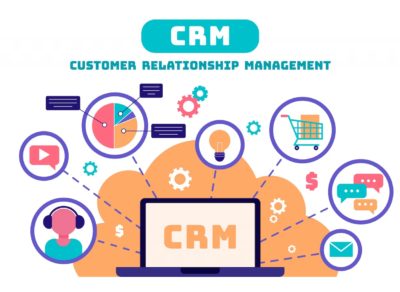
Steps to conduct a comprehensive banking data analysis
Investors frequently do a thorough analysis of the company’s financial data when determining whether a business merits its cash. They may assess if a firm is a good investment or not in this way.
In this article, SmartOSC Fintech will illustrate the procedures to conduct a comprehensive banking data analysis.
What Is Comprehensive Analysis?

In the financial industry, a comprehensive analysis is the thorough examination of all significant elements of a company’s financial operations. An entire view of a company’s financial situation, both now and in the future, is what is intended by this type of study.
It is necessary to compile all the data from a company’s financial reports, including both the most recent report and reports from the past, in order to do a thorough banking data analysis.
Financial ratios, which are measures used to analyze various elements of a company’s operations and compare them to similar organizations within the same industry, are calculated using this information.
Steps to conduct a comprehensive banking data analysis
Credit Modeling
In the financial sector, credit risk modeling is not a new concept. The conventional risk analytics models provide information based on demographics, income sources, loan history, default rates, and other factors. Along with the basic statistics, a lot more elements need to be examined.
Smartosc solutions : BACKBASE DIGITAL BANKING, BUY NOW PAY LATER, LOS, CDP, EKYC, DIGITAL ONBOARDING
Additionally, unstructured data is crucial for credit risk modeling. Using consumer personas and AI-based banking data analysis, we can gain a deeper understanding of our client’s financial health.
Risk Analysis and Monitoring

Advanced banking data analysis dynamic risk models appear to make banks and financial services companies more resistant to substantial external disruptions. Banks and financial services have several risk models; for banks, the main ones are credit risk, fraud risk, and liquidity risk.
Organizations may now examine many transactions, rather than only relying on past data, thanks to machine learning, AI, and big data. For the purpose of detecting fraud, social media profiles, behavioral analytics, predictive analytics, and sophisticated machine learning models are combined.
Customer LifeTime Value
The most challenging, however from the standpoint of banking, it appears to be the easiest to comprehend. In order to concentrate marketing efforts and lower churn, customer lifetime value offers information about the potential income sources from the customer.
Product Recommendation Engine
Are we discussing retail? No, banking is also developing in terms of product recommendation engines. Today, there are several comparison websites for every type of financial service product, including loans, insurance, mutual funds, credit cards, etc.
To make it simpler for financial and investment experts to provide individualized goods and services, machine learning models process data in real-time from numerous content streams.
Customer segmentation and personalized marketing
Personalization depends on knowing the consumer in all of its facets. Customers are being inundated with several financial offerings at once. When it comes to building trust and demonstrating an intention to act on the marketing messaging, where and when the position banking data analysis efforts are important.

AI-powered Virtual Assistants
Virtual assistants with AI capabilities are useful for responding to all inquiries in the financial services industry concerning goods, services, and eligibility requirements. On the basis of the rules updated by the machine learning models, they are also developing to validate certain criteria.
When doing a thorough study of a firm, it’s vital to keep in mind that the results will only be as reliable as the data used to generate them. This is particularly true when attempting to forecast the financial health of a business. These objectives may be accomplished by a thorough examination if a DXP is used to obtain the financial data of the organization.
Organizations in the financial services sector were generally product-centric, but as the digital landscape changed, they began to become customer-centric. Banking data analysis cannot describe the depth of digital change in financial services.
Do you want to learn about more banking and financial services use cases for data and analytics? Contact us right away! Our experts will hear your thoughts.


